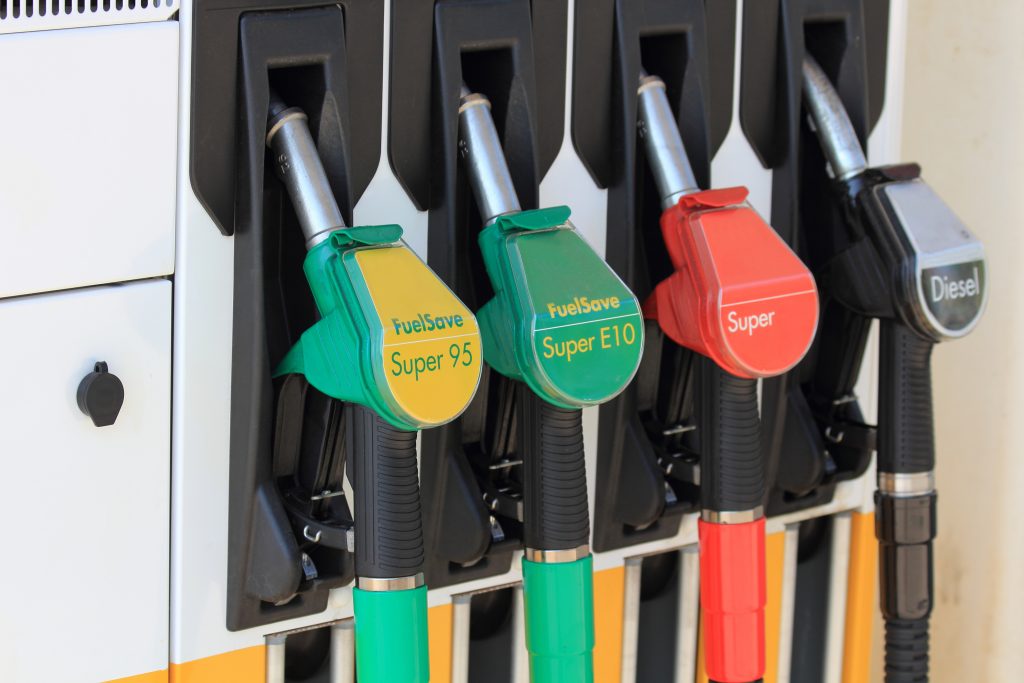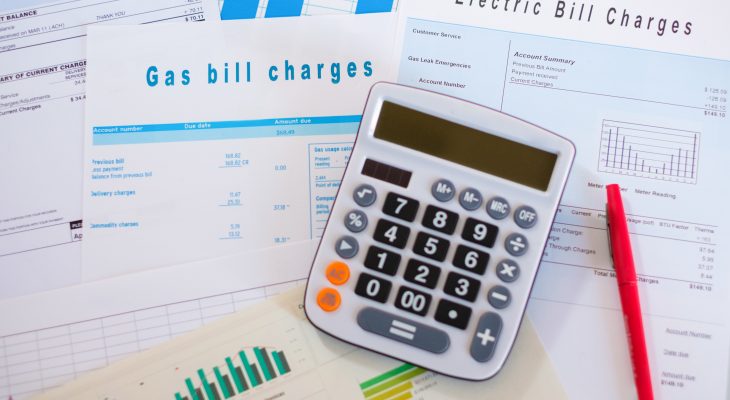Petrol prices rose by over 3p in April to indicate a 10p total increase this year alone, data reveals.
The average price of unleaded petrol at the end of April was 150p, while the cost of diesel shot up by 3p to 157.8p.
This means that filling up a 55-litre tank for a vehicle now costs £5.50 more than it did at the start of 2024, according to RAC’s Fuel Watch data.
Topping up your vehicle now costs an average of £82.47 for petrol and £86.77 for diesel – a £1.70 and £1.10 rise just in April.
While the cost to fill up your tank in mainland UK has continued to rise at a pace, the story is different for drivers in Northern Ireland.
Motorists in Northern Ireland can expect to pay an average of 8p less than those in England, Scotland, and Wales for petrol and 7.4p less for diesel.
Following the disparity, the RAC has called on retailers to implement four changes to pause the rising prices:
Four factors to halt hikes
- Fuel prices across the UK mainland coming down to match those charged in Northern Ireland
- An end to the postcode lottery, which sees individual retailers often charge wildly different prices at the forecourts they operate
- An end to ‘rocket and feather’ pricing that results in prices on the forecourt going up far more quickly in a rising wholesale market than they come down when wholesale costs fall
- Those driving diesel vehicles are not being consistently overcharged. This is a regular occurrence borne from retailers upping margins on diesel to subsidise the price of petrol
In March, the price margins filed by major retailers were described as “concerning” by the Competition and Markets Authority (CMA). For April, there was a 24p and 28p gap between the most expensive forecourts operated by the biggest oil companies, BP and Shell. If you drive a diesel-powered vehicle, that rises to 30p for BP and 28p for Shell.
Despite external pressures on the price of oil due to conflict in the Middle East and the Russian invasion of Ukraine contributing to hikes, some forecourts have been accused of cashing in when it comes to applying their prices. The average margin on unleaded petrol charged by retailers is 9.5p per litre, while diesel is up 6p to 17.5p for diesel.
Simon Williams, RAC fuel spokesperson, believes that drivers are “once again having to dig deep just to go about their daily lives.”
‘Retailers making massive margins on diesel’
Williams said: “Some of this is down to the oil price and the pound-to-dollar exchange rate making wholesale petrol more expensive for retailers to buy but, unfortunately, it’s also very apparent that retailers are making massive margins on diesel.”
The motoring service wants the CMA to “get to grips” with the motoring service’s Pump Watch scheme, which allows motorists to monitor the live prices of petrol and aims to stop the “postcode lottery” they face on filling up their tank.
Williams has also called on the gap between prices in forecourts in Northern Ireland and the rest of the UK to slim down.
Williams added: “We also badly need to bring fuel prices on the UK mainland down to match those in Northern Ireland. We can clearly see that the average cost of fuel in Northern Ireland is around 6p cheaper than the UK average, which is inexplicable. While the same disparity between petrol and diesel exists, prices are still much lower than the rest of the UK.
“Finally, we look forward to other fuel retailer brands operating in Northern Ireland – such as Maxol, Go and SPAR – beginning to share their prices with the CMA, which will shed even more light on the pump price gulf that exists, and reinforce our call for retailers this side of the Irish Sea to do the right thing.”





